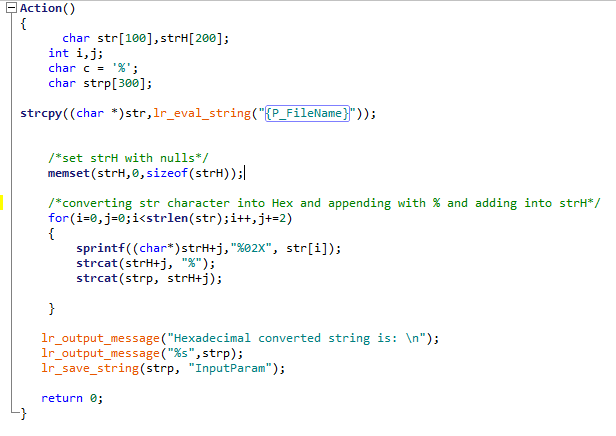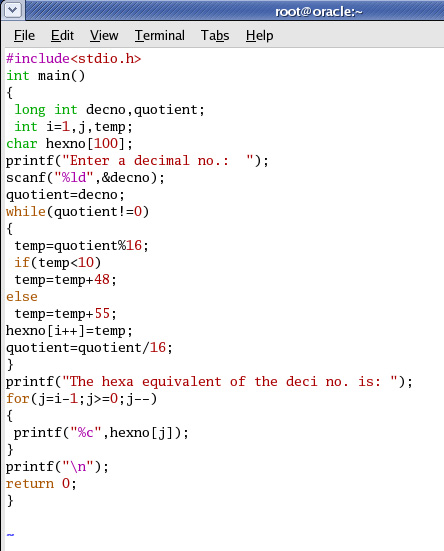

When you own code is finished, the library functions will be there, too, most probably.įinal note: If you happen to have the ELF file, use this for disassembling and looking up names. Especially the printf() family draws a lot of other functions with it.


Compile, link and convert it into a HEX file, too.Start with the best approximation of the source that your memory still holds.You might need some options to have all constant data in the output. It takes several hours, for example some 20 hours for a 100-liner in BASCOM.

I did this more than one time with AVR code, written in C, BASCOM, or C++ (Arduino). The output file will be a text file where the data is written out in comma separated hexadecimal format, with 16 bytes per line. The bad news: But it's a lot of work, depending on the size of your application. The good news: It is possible, definitively. hex file onto a microcontroller you do not have to specify where to load the code, because the address is specified as part of the file. This makes it possible to do more awesome things with. This file type contains metadata about where to load the file, the length of the file, the type of stuff being loaded, etc. hex files are Ascii files written using the IntexHex file format and is used for putting code into memory of microcontrollers. bin files are straight binary data (and therefore require a special editor to edit / make sense of), when loading them onto a microcontroller you have to specify the address to load the data to. There is a distinction to be made here between numerical representation and file types, hexadecimal is just another way to represent binary data, however.


 0 kommentar(er)
0 kommentar(er)
